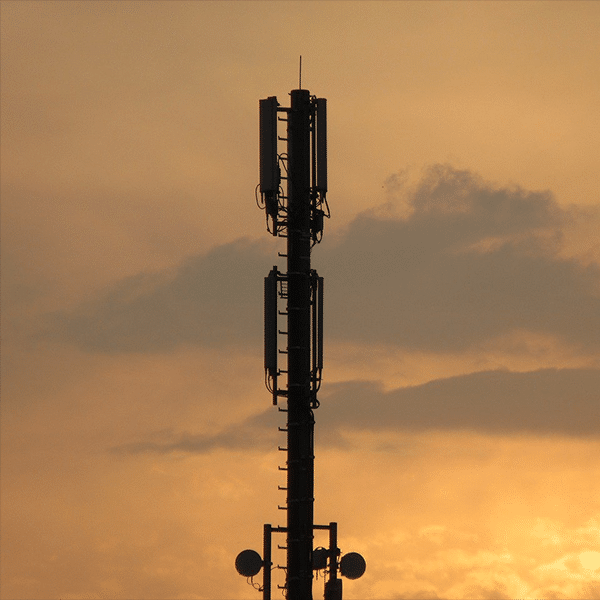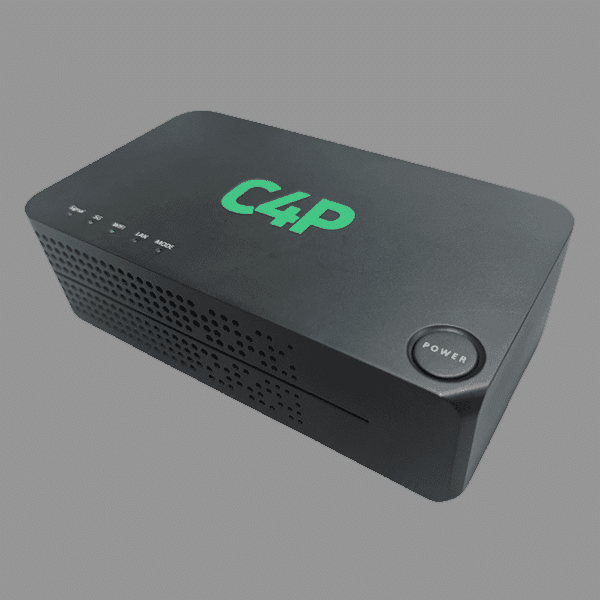The United States could become “a spectrum island,” according to Accenture. In a new report prepared for wireless industry association CTIA, Accenture attributed this to the nation’s failure to allocate full-power, licensed mid-band spectrum for 5G that is harmonized with maps around which the international community is coalescing.
This will be costly and debilitating to the wireless industry for several reasons. In the final analysis, the firm said failure to use international standards could cost as much as $200 billion during the next decade in lost innovation and productivity and higher network costs.
Harmonization will stave off spectrum shortages and enable vendors to enjoy economies of scale internationally and in the United States. It reduces expenses through the wireless value chain, lowers cost for services and devices, and makes first-mover advantages possible in developing markets’ technological ecosystems.
Accenture said that spectrum policy is “an under-appreciated tool” in establishment of equipment supply chains that are capable of competing with Chinese vendors.
The window of opportunity may be closing. “The United States is increasingly becoming a spectrum outlier when it comes to allocating full-power, licensed spectrum for 5G services,” the report described. “The U.S. does not have enough licensed commercial spectrum to meet future demand and is behind its peers and rivals in allocating midband spectrum for 5G.”
The report suggests that the United States needs to take action quickly.
“The international community is rapidly coalescing around key bands to support their 5G networks, as detailed in Accenture’s research. To maintain our 5G leadership, meet exploding demand and build the foundation for future innovation and growth, policymakers must move quickly to maximize the opportunities remaining in these bands.”
The report, titled “Advancing U.S. Wireless Excellence — The Case for Global Spectrum Harmonization,” identifies four key bands to which U.S. policy makers should pay attention:
- the lower 3 GHz band (3.3 GHz to 3.45 GHz), labeled a “key opportunity” by Accenture;
- the 4 GHz band (4.4 GHz to 4.94 GHz), a “long-term opportunity;”
- the 6 GHz band (6.425 GHz to 7.125 GHz), which Accenture calls a “missed opportunity” since in the U.S., the entire 6 GHz band is dedicated to unlicensed use; and
- the 7/8 GHz band (7.125 GHz to 8.4 GHz), a “key opportunity.”
Attention is being paid to spectrum issues. Last November, the NTIA said it will coordinate a multi-agency initiative to study 2700 MHz of spectrum in five bands. The goal is to make more spectrum available for possible commercial and governmental use.


